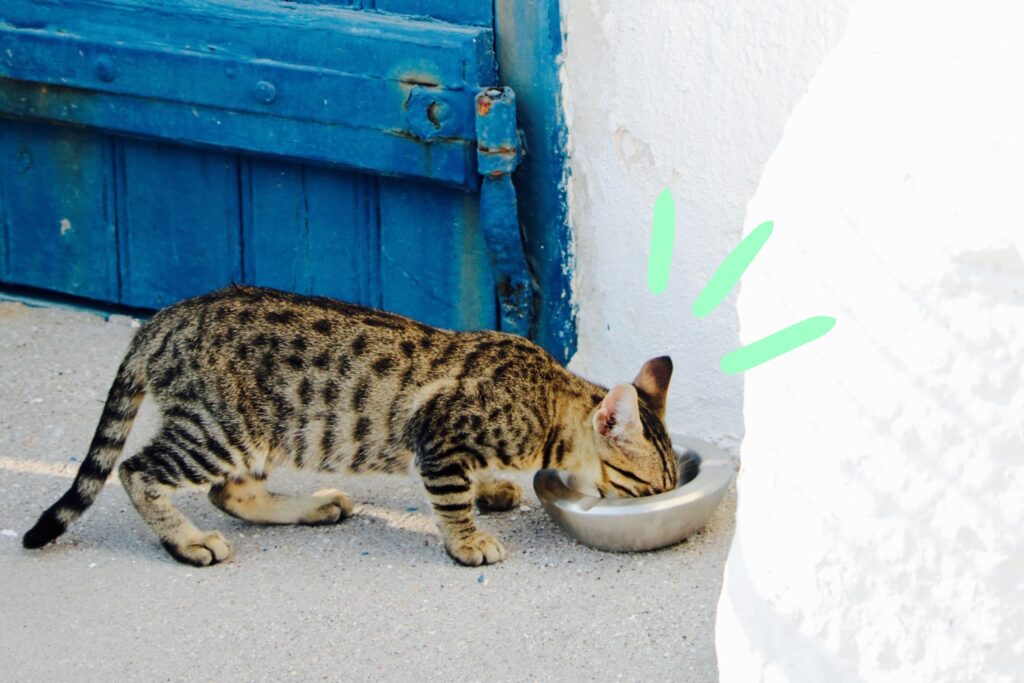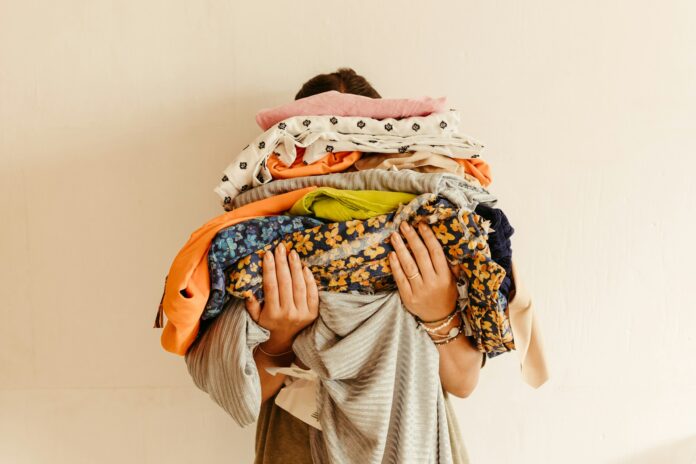How often do you munch on a nice snack and suddenly find your cat coiling around your legs, looking up expectantly? It often makes you think, what treats for cats are safe for them to eat? Well, there are plenty of healthy treats out there that your cat can benefit from, some of which are fully natural, and several that come from the human plate.
Remember, just because a specific kind of food is okay for us to eat doesn’t necessarily mean it is safe for them too. This guide will discuss some common household foods you can treat your cat to every now and then.
Cheese
Cheese is a snack that many people enjoy nibbling on or putting in a sandwich, which makes it such a common question: Can cats eat cheese? To put it briefly, yes, it is relatively safe, but there are some things you should know.
Despite containing protein, cheese offers very little nutritional value for cats, meaning there are plenty of better treats out there. But should you still wish to feed your cat cheese, you should pay careful attention to the kind of cheese.

Most cheeses are fine for cats eat in moderation, but you should refrain from giving any large amounts. Some cheeses you need to avoid are blue cheese and processed cheese like cream and string cheese. Also, cheese high in salt values, like halloumi, should be avoided. Any mould contaminants are hazardous for cats – that’s no stinky stilton for your feline friend, then.
The high amounts of lactose in cheese can lead to various health implications, including obesity, diarrhoea and constipation, especially if fed excessively. As previously mentioned, there are healthier alternatives to cheese, but that doesn’t get rid of the sympathetic eyes glaring at you, so if you must, stick to cheese made from sheep, goats, or yaks.
Read: 6 healthy recipes that your cat will love
Salmon
Salmon is a fantastic source of protein, omega-3 fatty acids and other nutrients. However, like all good things, it needs to be given in moderation. It has even been found that cats refuse to eat anything else; they like salmon that much! Which is not very helpful for keeping your cat on a balanced diet.
For the average cat, it is recommended that they should consume around 270 to 290 calories per day in total, and only 10% of that should be dedicated to treats. With the average salmon fillet containing around 700 calories, your cat should only eat a tiny proportion. This makes it a great tasty treat but never take it too far.
Cooked salmon alone isn’t enough to give your cat a healthy balanced diet, but it is a great option as a treat.
Spinach
Get the greens in! Spinach is a great treat, bursting with vitamins and minerals, including vitamins A, C, K, iron and calcium. Spinach is the perfect, healthy, cat-friendly treat. Various cat foods even contain traces of spinach to get out some of its health benefits.
Some rare occasions where spinach may not be good for cats, for example, if they have kidney or urine problems. This is due to spinach containing calcium oxalate, which can cause cats to develop harmful crystals in their urine, leading to further issues.
Preparing spinach as a small snack couldn’t be any easier. Offer your cat a small amount of cooked spinach to see if they like it, don’t be surprised if they don’t. Cats may take time to come around to the ways of different fruits and vegetables; but be patient. Avoid adding salts, spices, or seasonings, as they aren’t good for your cat.

Chicken
Cats are obligate carnivores, which means they require diets that are made up primarily of meat. Their bodies can’t digest fibrous food as easily as other animals and tend not to like the same kind of food that most humans strive for.
Fruit and veg isn’t the only good source of vitamins and minerals; chicken contains nutrients like selenium, vitamin B6, and phosphorus.
Meat like chicken is a great treat to add to any cat’s diet. Cook the chicken all the way through and ensure to remove the fatty skin. Chicken is another common ingredient in many commercial cat foods due to its broad range of health benefits.
Bones have a high chance of creating a choking hazard for cats, so always remove any big or small bones that could pose a risk.
The Bottom Line
Treats from the fridge can be a great addition to a cat’s diet, but only if given in proportions daily. If you notice a sudden increase in your cat’s weight, you will want to scale back the amount you give them.
When trying new treats, always incorporate them gradually and never all at once. If you are unsure of anything, always consult a veterinarian who can make an informed decision based on your cat’s needs.
*This article is not intended to replace medical advice, diagnosis or treatment given by a qualified veterinary professional. Neither it is intended to give nutritional advice for your cat. Instead, this article only provides information, not advice. For any medical enquiries, always consult your vet first*





